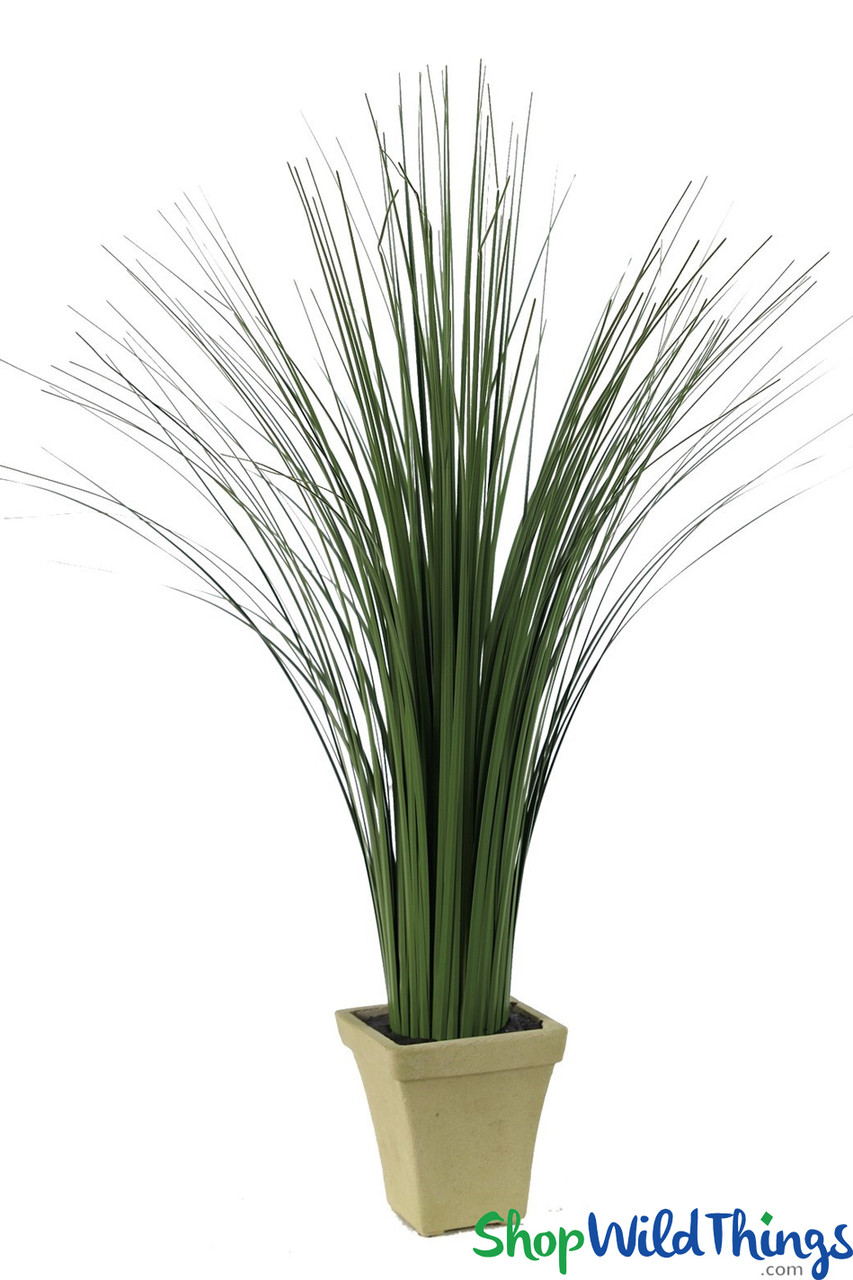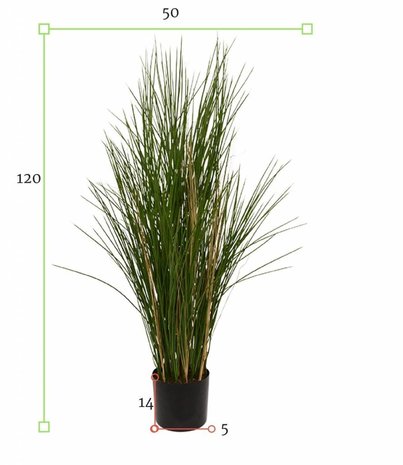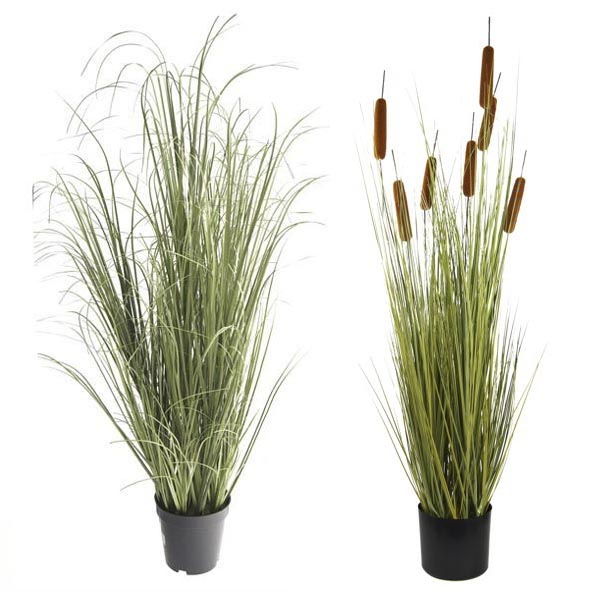When I first considered installing artificial decorative grass in my backyard, I was unsure if it was the right choice. As someone who loves the look of a lush, green lawn but despises the upkeep, I embarked on a journey to explore the ins and outs of synthetic turf. In this article, I will share my findings, experiences, and tips for anyone considering making the switch to artificial grass.
What is Artificial Decorative Grass?
Artificial decorative grass, often referred to as synthetic turf or artificial turf, is a man-made surface made from synthetic fibers designed to mimic the appearance and feel of natural grass. It’s commonly used in residential lawns, gardens, patios, and commercial spaces.
The Evolution of Artificial Grass
Initially developed for sports fields in the 1960s, artificial grass has evolved significantly. Today’s options are realistic, durable, and environmentally friendly, making them a popular choice for homeowners.
Benefits of Artificial Decorative Grass
Choosing artificial grass comes with numerous advantages. Here’s what I discovered:
1. Low Maintenance
One of the biggest draws of artificial grass is the minimal maintenance it requires. Here are some key points:
- No mowing or watering necessary
- Resistant to weeds and pests
- Doesn’t require fertilizers or pesticides

2. Aesthetic Appeal
Artificial grass provides a vibrant green color year-round. Whether it’s the middle of winter or the hot summer months, your lawn will always look well-kept.
3. Cost-Effective
While the initial installation cost may be high, artificial grass can save you money in the long run by reducing water usage and maintenance costs.

4. Environmentally Friendly
Many products are made from recycled materials and are beneficial for water conservation as they don’t require irrigation.
Pros and Cons of Artificial Decorative Grass

Pros
- Durability: Lasts for years with proper care
- Versatility: Can be installed in various settings (backyards, terraces, etc.)
- Safety: Most options are made from non-toxic materials
Cons
- High upfront costs: Installation can be pricey
- Heat retention: Can get hotter than natural grass
- Environmental concerns: Some synthetic materials may not be biodegradable

Choosing the Right Type of Artificial Grass
When selecting artificial decorative grass, several factors play a crucial role. Here’s what you need to consider:
1. Pile Height
The pile height refers to the length of the grass blades. Choose a height that fits your aesthetic preference. Shorter piles generally require less maintenance.

2. Blade Shape
Different blade shapes can impact the overall appearance and feel. Look for a variety that mimics the natural look of your climate’s grasses.
3. Durability Rating
Artificial grass is rated based on its durability. Look for options with a high face weight, which indicates quality and longevity.

Comparison Table: Types of Artificial Grass
| Type | Pile Height | Durability | Primary Use |
|---|---|---|---|
| Residential Turf | 1-2 inches | Medium | Lawns and Gardens |
| Pet Turf | 0.5-1.5 inches | High | Parks and Yards |
| Sports Turf | 1-2 inches | Very High | Playgrounds and Sports Fields |
Installation Process for Artificial Decorative Grass
Installing artificial grass can be a DIY project or handled by professionals. Here’s a brief overview of the installation process:
1. Preparation of the Area
Clear the area of existing vegetation and debris. This might involve removing sod, rocks, and weeds.
2. Base Layer Installation
Add a base layer of crushed stone or gravel to ensure proper drainage. Compact the base well to create a stable surface.
3. Laying the Artificial Grass
Unroll the artificial grass and lay it on the prepared surface. Ensure that the seams are properly aligned for a seamless appearance.
4. Securing the Turf
Use landscaping staples or spikes to secure the grass in place. Trim any excess around the edges for a clean finish.
5. Infill Application
If applicable, add an infill material to weigh down the grass and enhance its appearance. This helps the blades stand upright.
Maintenance of Artificial Decorative Grass
While maintenance is minimal, some routine care will keep your artificial grass looking its best:
1. Regular Cleaning
Use a broom or leaf blower to remove debris. Occasionally hose down your turf to prevent dust buildup.
2. Brushing
Brushing the grass can help keep the blades upright and looking fresh. Use a stiff-bristled broom for best results.
3. Checking for Damage
Inspect your grass regularly for any signs of wear or damage, particularly if you have pets or heavy foot traffic.
Cost Considerations
The cost of artificial grass can vary significantly depending on several factors:
1. Quality and Type
Higher-quality grass tends to cost more but offers better durability and aesthetics.
2. Installation Costs
Professional installation adds to the overall cost. If you’re considering DIY, your savings can be substantial.
3. Size of Area
The larger the area, the more grass you’ll need. Get estimates for both materials and installation before making a decision.
Frequently Asked Questions (FAQs)
What is the lifespan of artificial grass?
High-quality artificial grass can last anywhere from 15 to 20 years with proper care.
Can pets use artificial grass?
Yes, pet-friendly options are available that are durable and easy to clean. Look for grass designed specifically for pets.
How hot does artificial grass get in the summer?
Artificial grass can get hotter than natural grass, particularly in direct sunlight. Regularly watering the turf can help cool it down.
Is artificial grass environmentally friendly?
While artificial grass does save water and reduce chemical use, its production can involve non-biodegradable materials. Look for eco-friendly options when purchasing.
Does artificial grass require drainage?
Yes, proper drainage is essential for preventing water pooling and ensuring the longevity of your grass. Most products come with drainage holes or systems built-in.
Final Thoughts
Switching to artificial decorative grass can be a great decision for homeowners looking to reduce maintenance while still enjoying a beautiful outdoor space. My personal experience with installing and maintaining synthetic turf has been overwhelmingly positive. The benefits of reduced upkeep, water conservation, and lasting beauty have made it well worth the investment.
If you’re considering artificial grass, take the time to research your options, evaluate your needs, and consult with experts if necessary. With the right approach, you can transform your outdoor space into a vibrant, low-maintenance oasis.